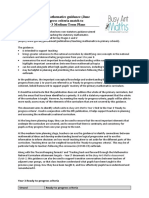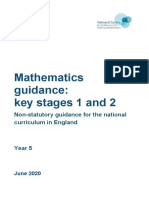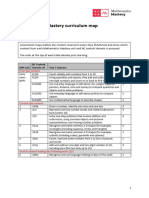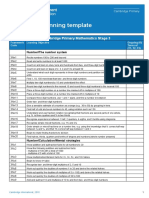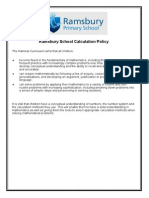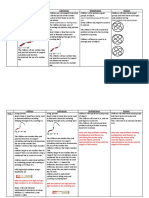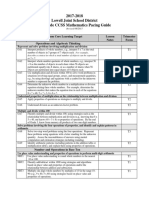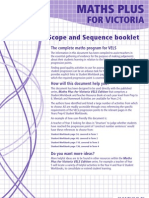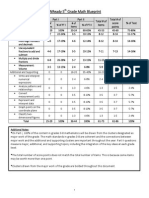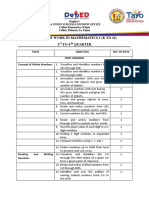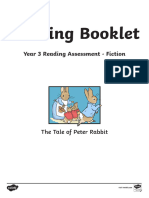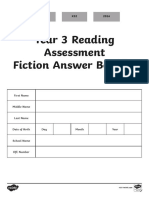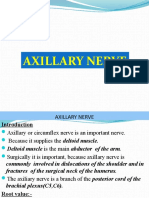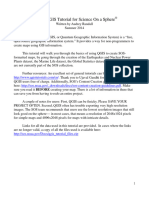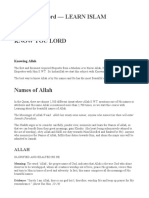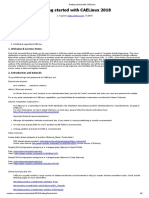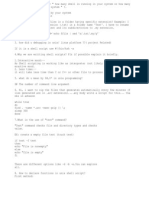0% found this document useful (0 votes)
48 views2 pagesREAD FIRST Year 3 Assessment Guidance
The document outlines a Year 3 ready-to-progress assessment containing criteria across number, calculation, geometry and fractions. It lists the criteria that will be assessed, the unit each relates to, and provides context for teachers to use the assessments at the end of terms to check learning.
Uploaded by
khadijahesham00Copyright
© © All Rights Reserved
We take content rights seriously. If you suspect this is your content, claim it here.
Available Formats
Download as DOCX, PDF, TXT or read online on Scribd
0% found this document useful (0 votes)
48 views2 pagesREAD FIRST Year 3 Assessment Guidance
The document outlines a Year 3 ready-to-progress assessment containing criteria across number, calculation, geometry and fractions. It lists the criteria that will be assessed, the unit each relates to, and provides context for teachers to use the assessments at the end of terms to check learning.
Uploaded by
khadijahesham00Copyright
© © All Rights Reserved
We take content rights seriously. If you suspect this is your content, claim it here.
Available Formats
Download as DOCX, PDF, TXT or read online on Scribd
/ 2
